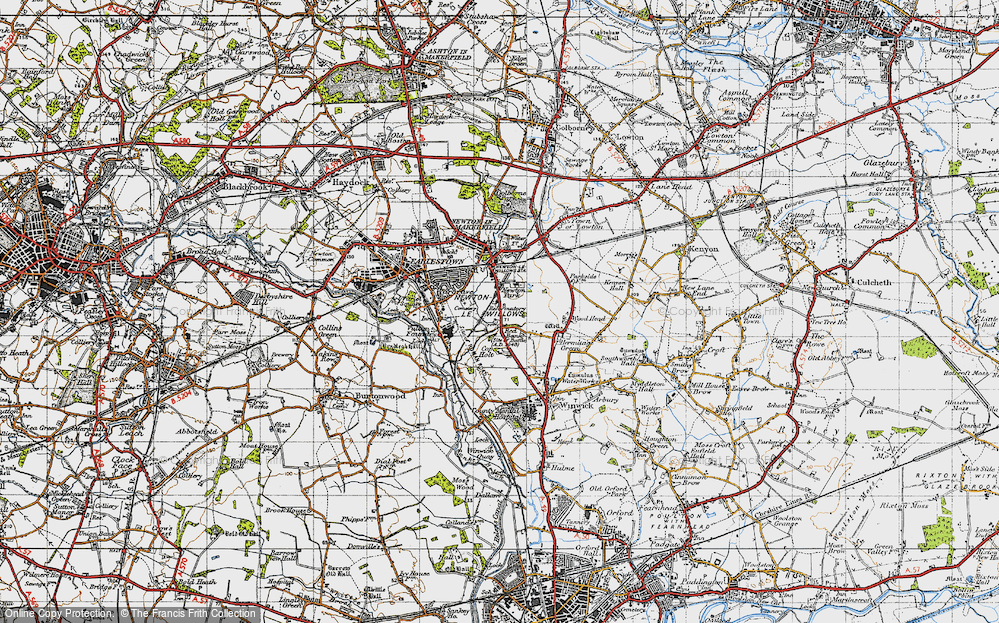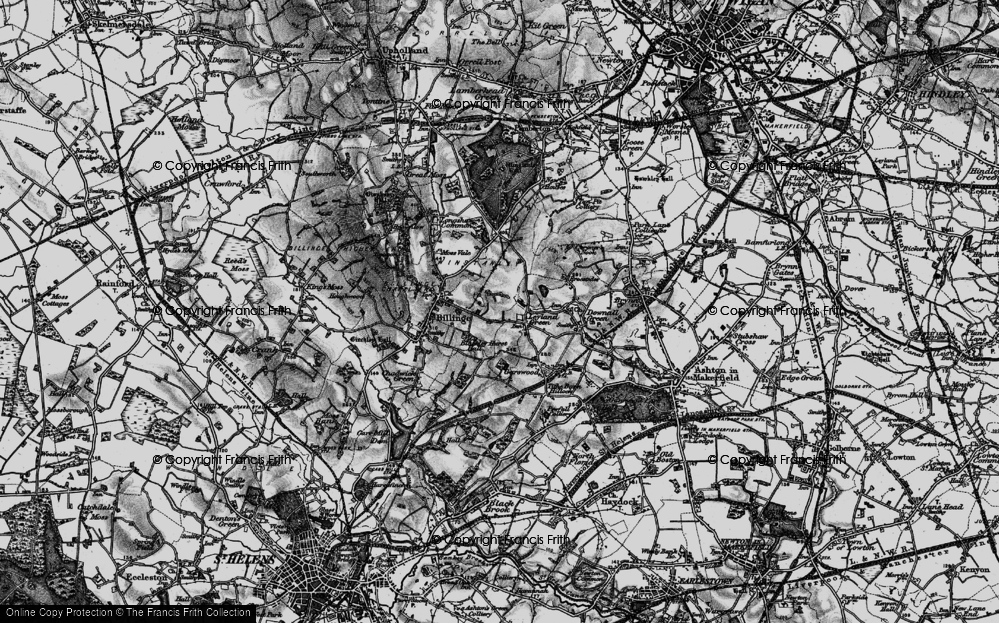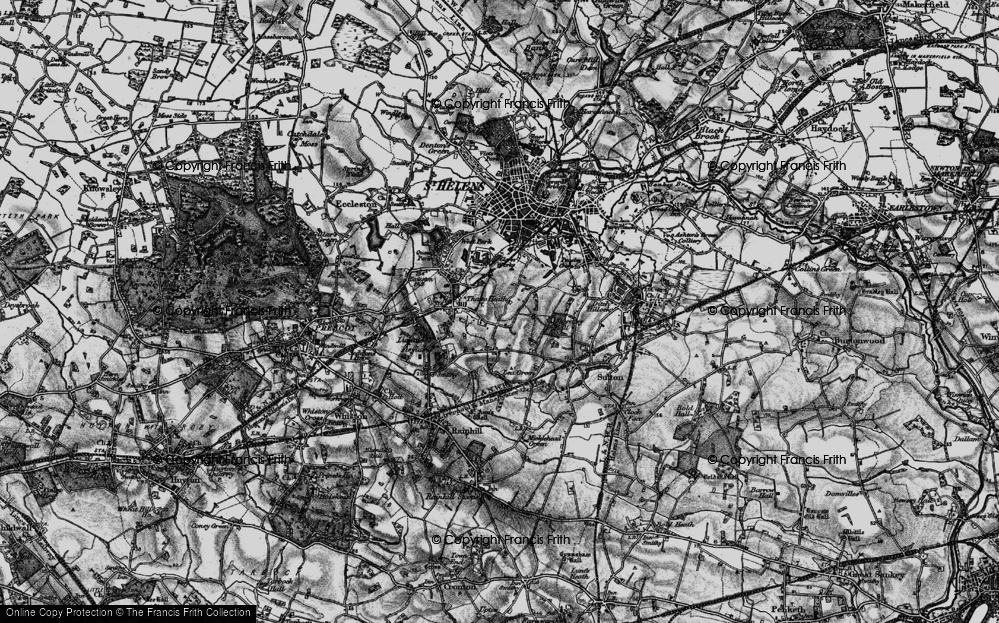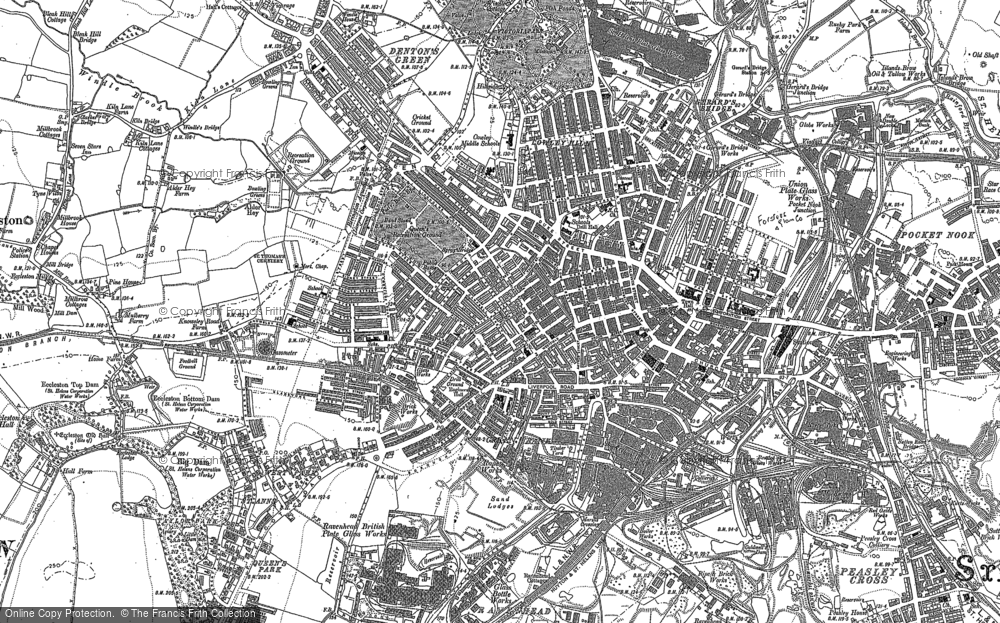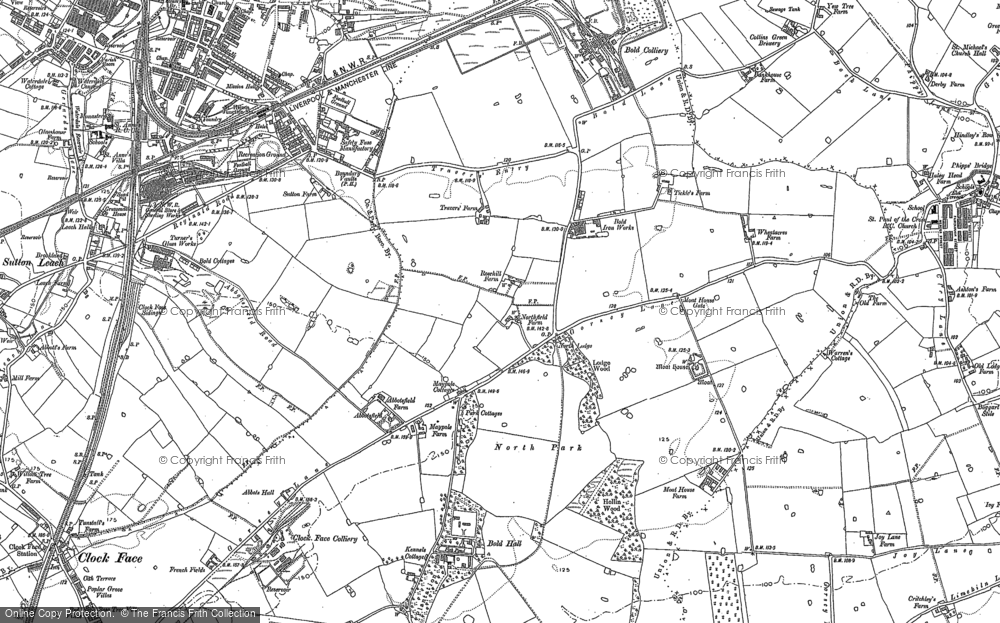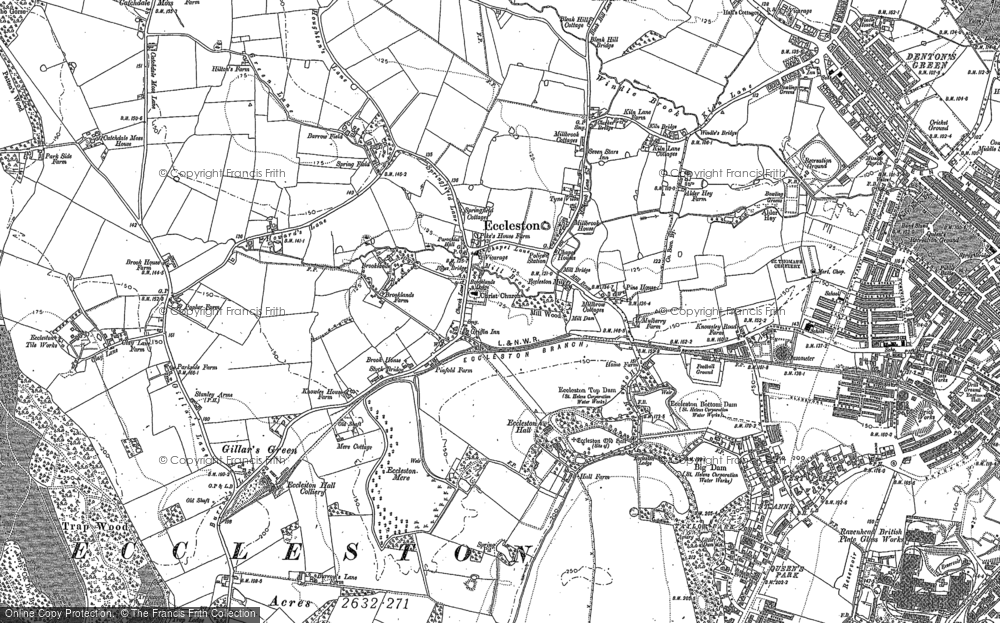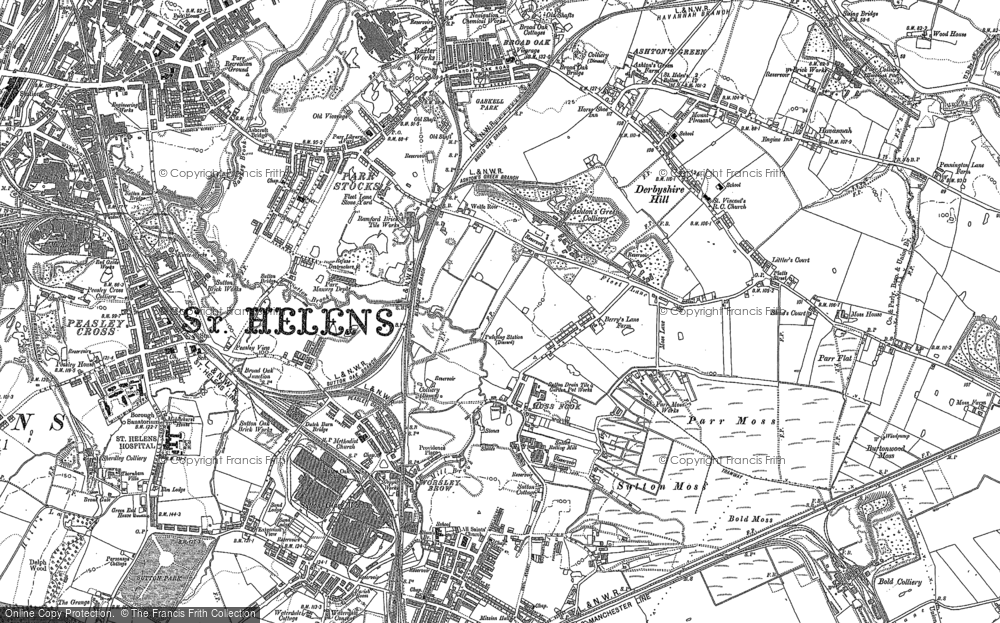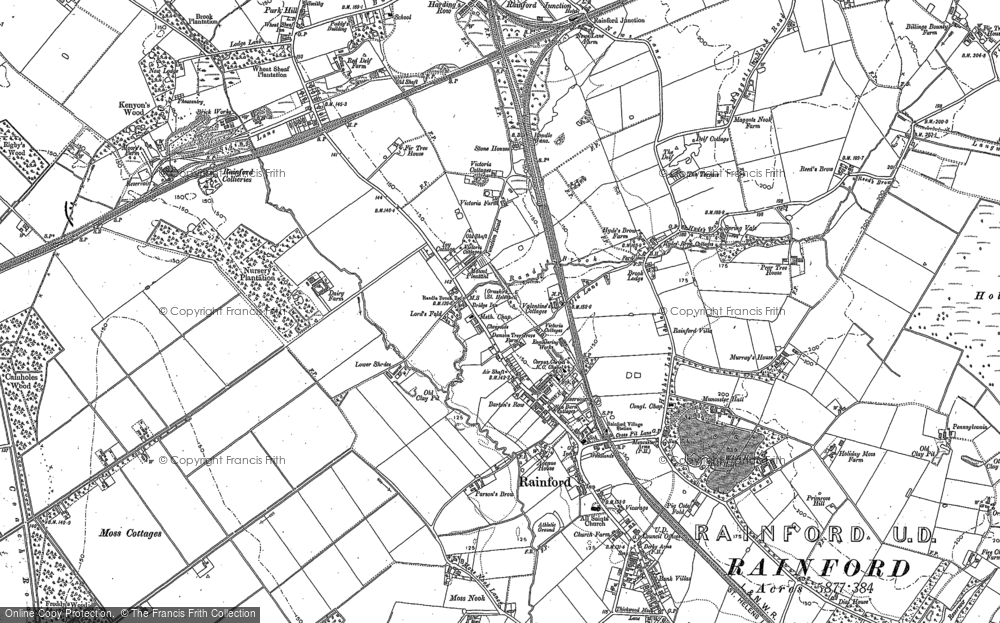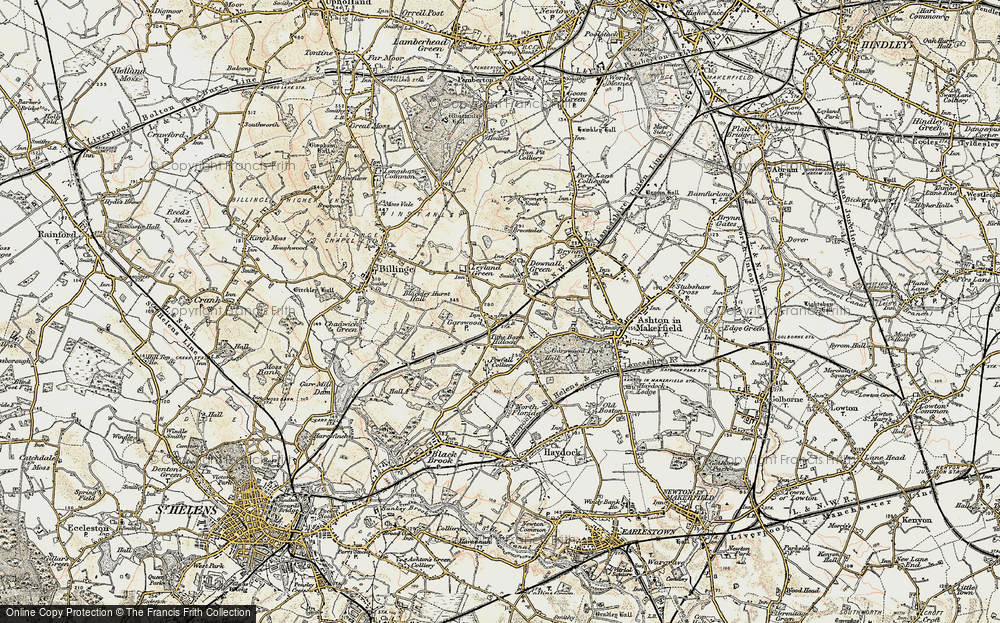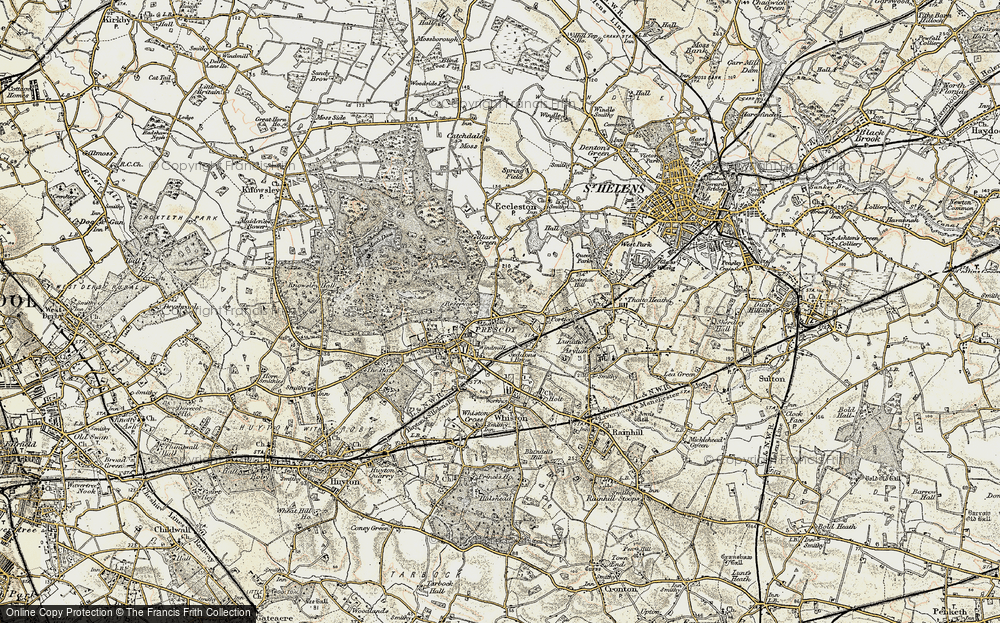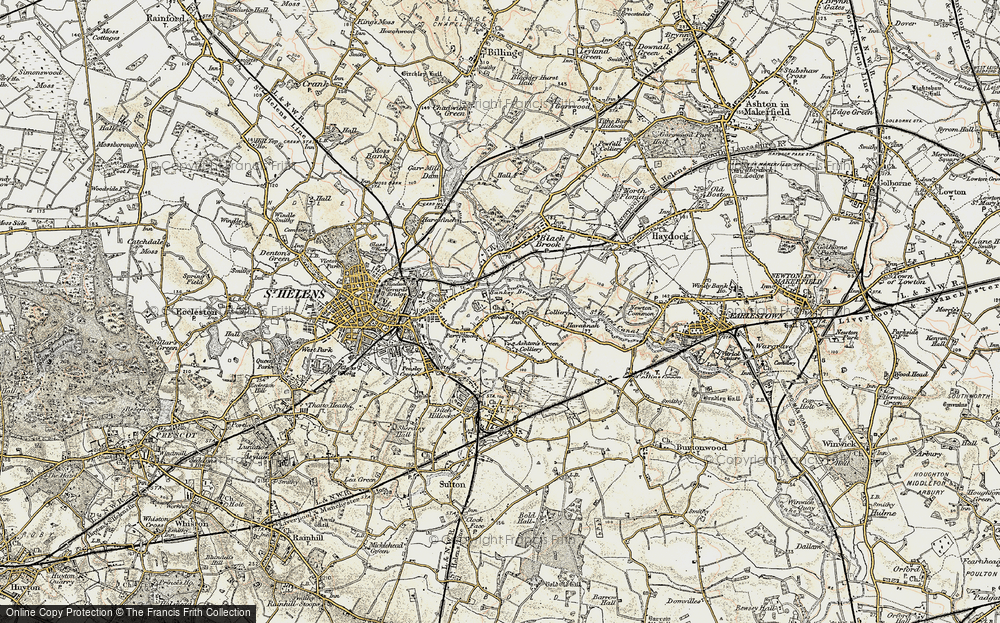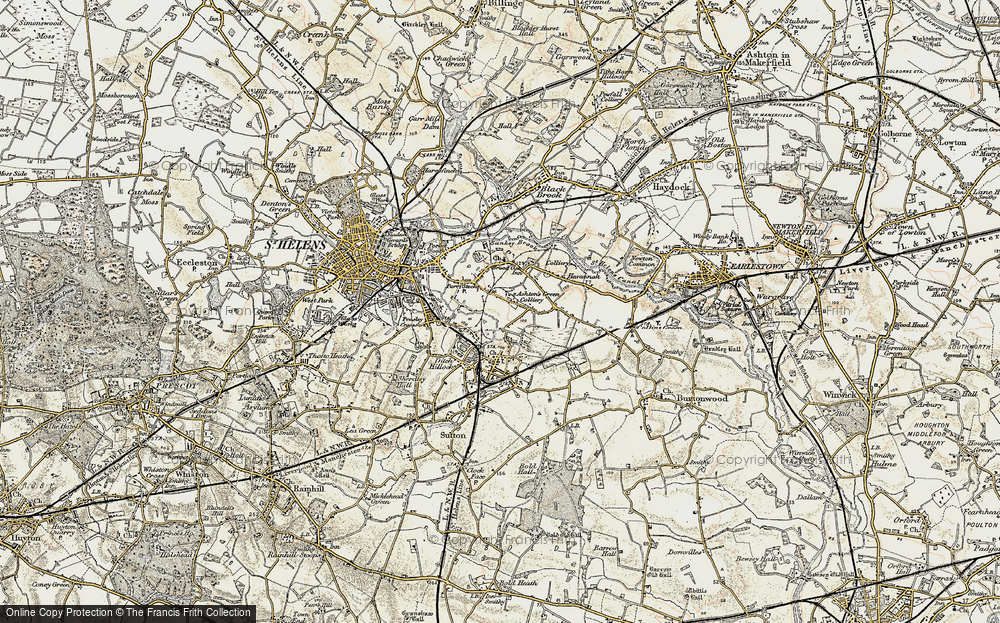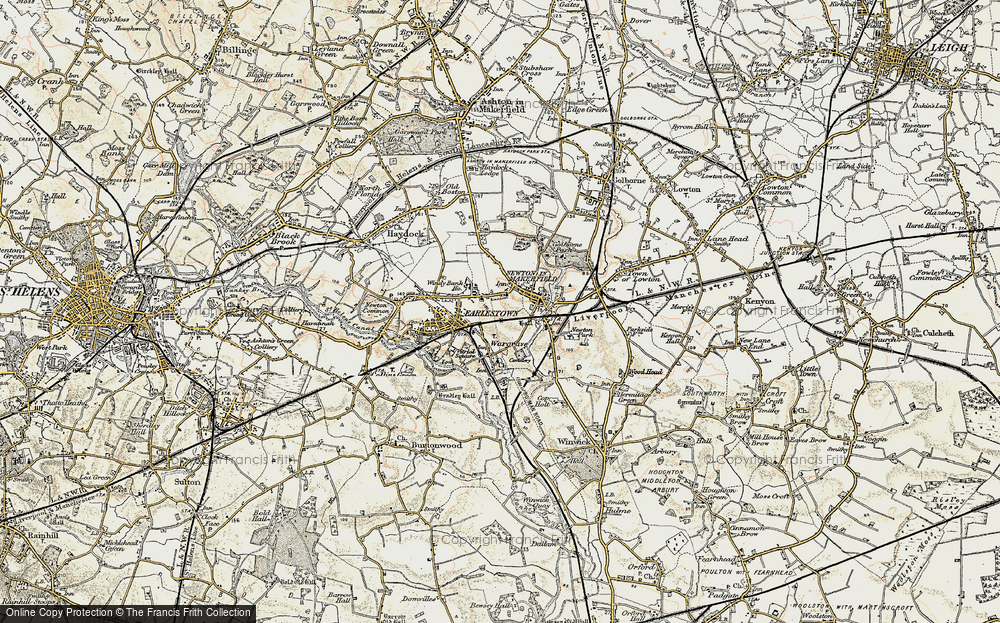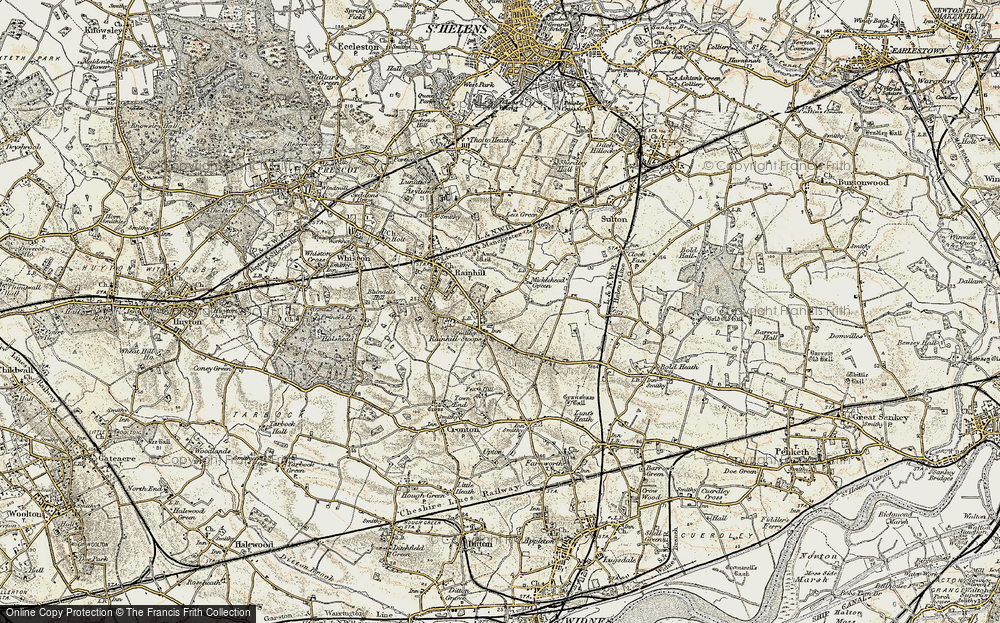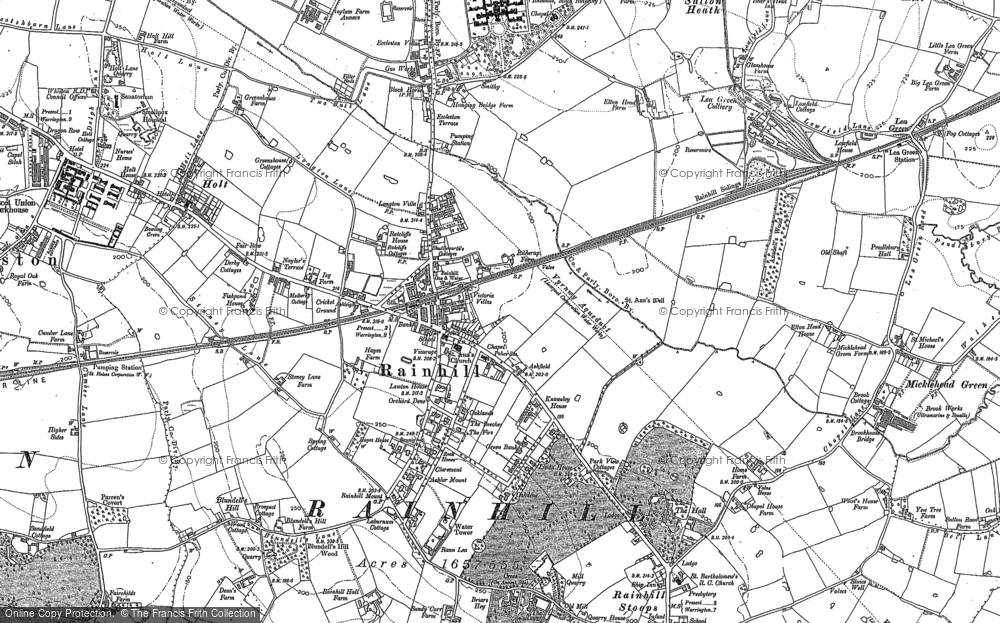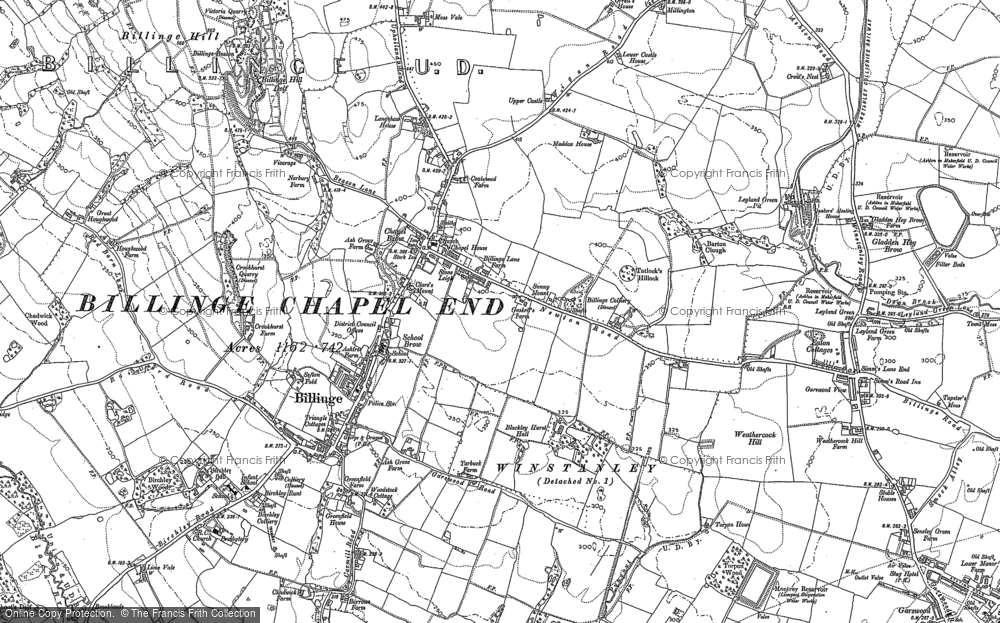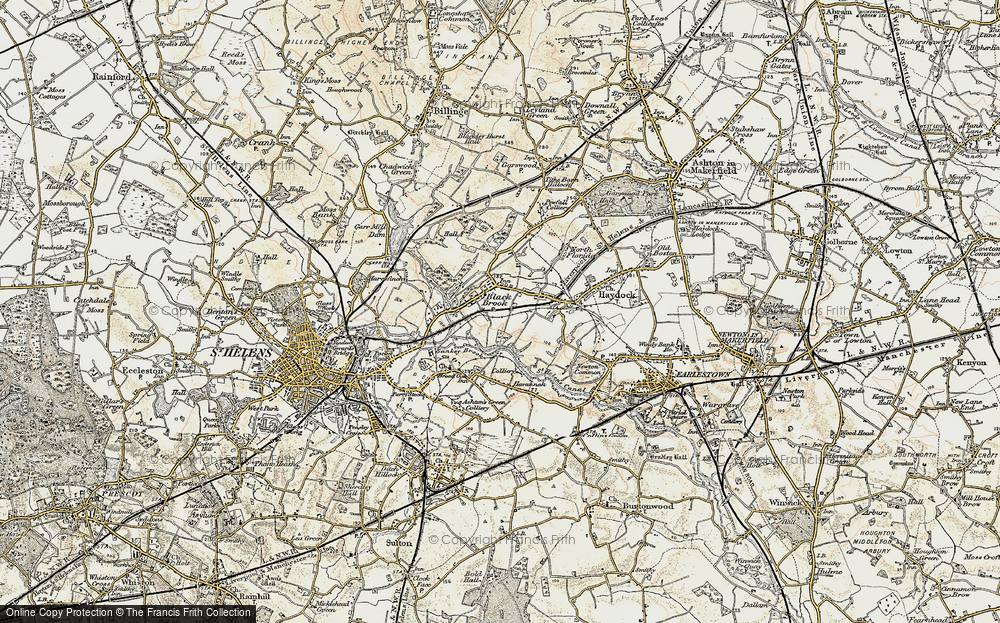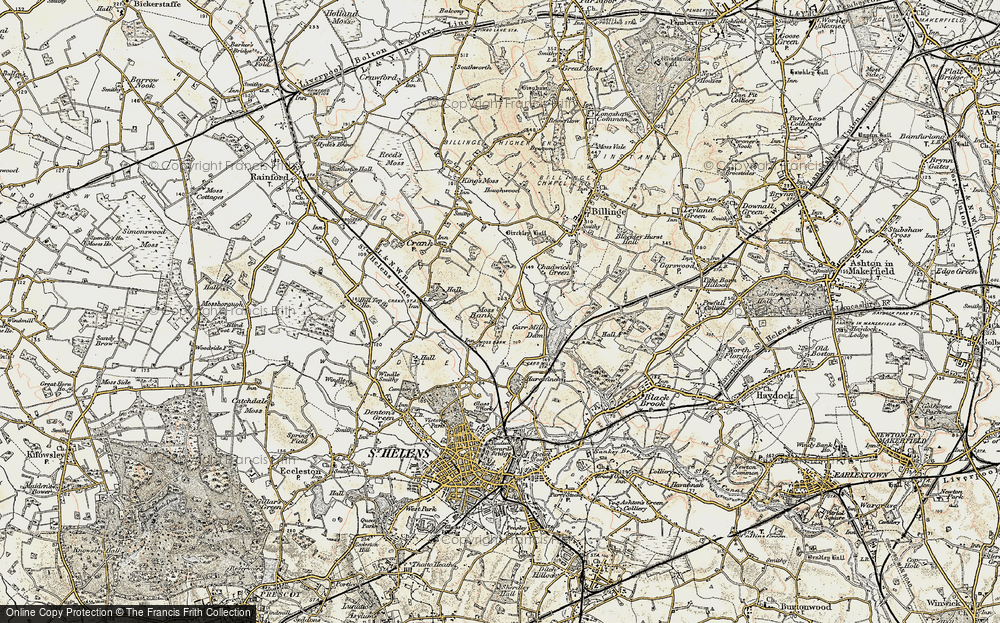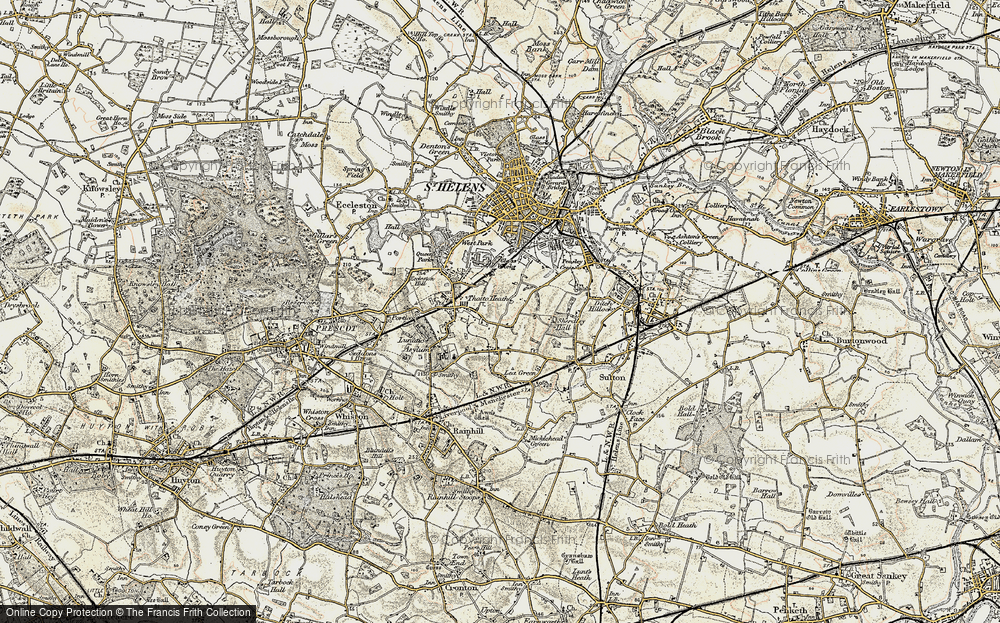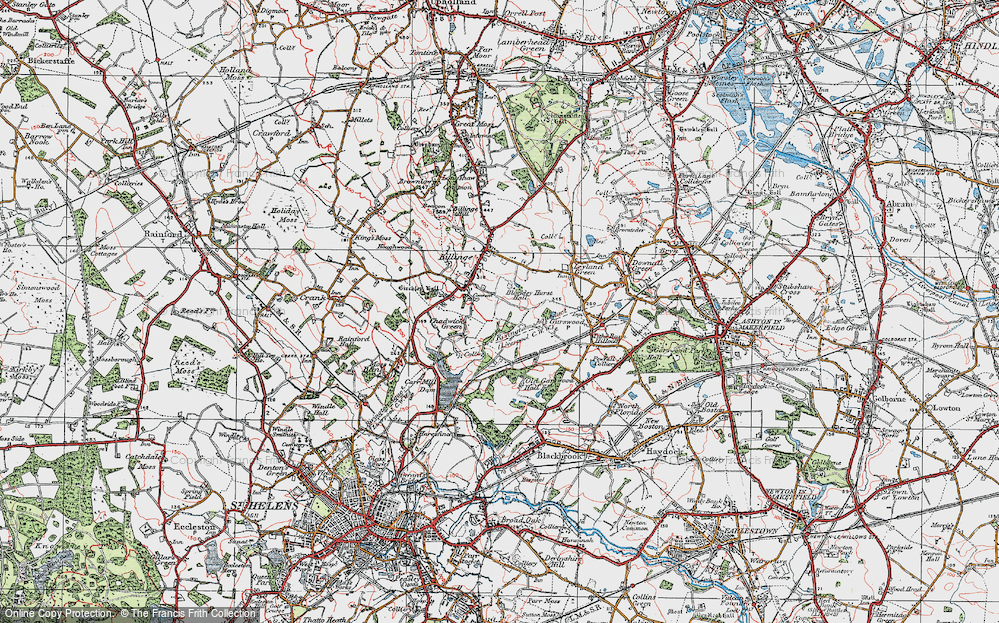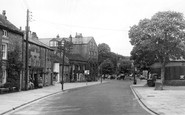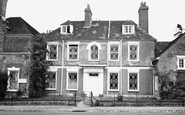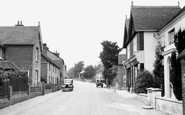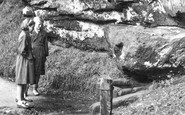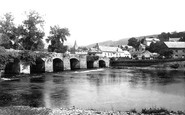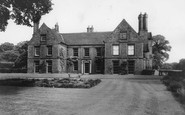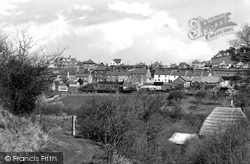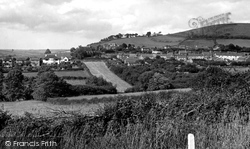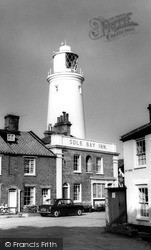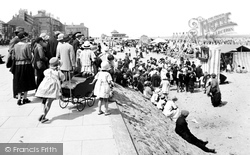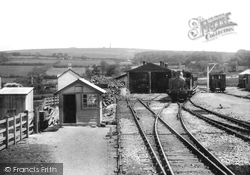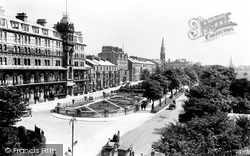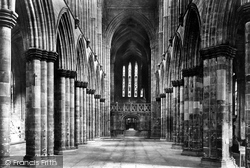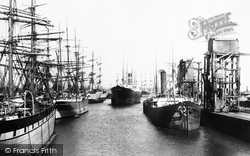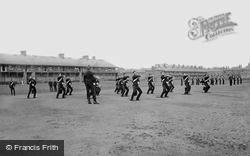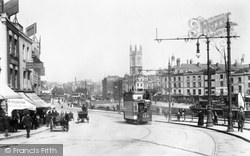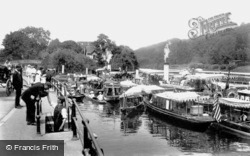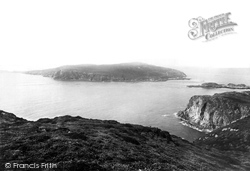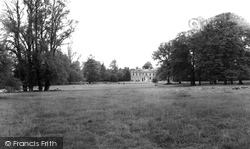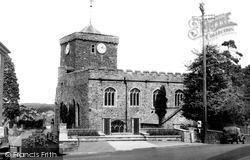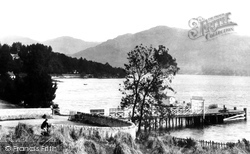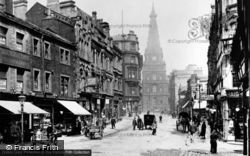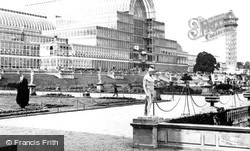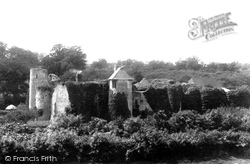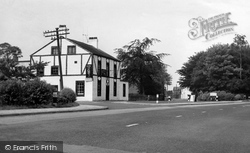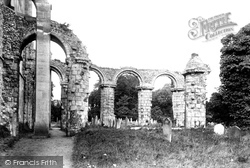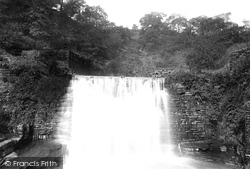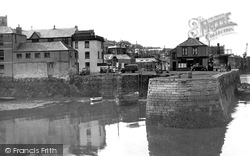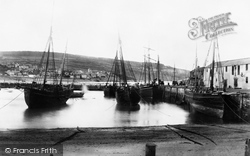Places
Sorry, no places were found that related to your search.
Photos
Sorry, no photos were found that related to your search.
Maps
7,034 maps found.
Books
163 books found. Showing results 1,249 to 1,272.
Memories
22,911 memories found. Showing results 521 to 530.
Childhood Memories
I moved to Spencer Avenue, Hayes, when I was 5 and the war had just finished. My earliest recollections were of starting school at Yeading Lane and walking there through thick snow. Luckily we had school dinners so ...Read more
A memory of Hayes in 1947 by
The Street Where L Was Born
l was born in the flat above the chemist shop in 1947. Arthur Walker was the pharmacist. We moved over the road to Cross Keys House in 1950 and lived there till 1965. The street was my playground, with best ...Read more
A memory of Allendale Town in 1947 by
Gtgrandfather
My memory of this church is that my Gt.Grandfather was singing in the quire at the time of the publication of the picture of the interior of Halsall. Additionally he was (I have been told by my grandmother)employed as head gardener to ...Read more
A memory of Halsall by
Gourock My Home Always
I was born in Gourock in 1960 and lived there until I married and moved to the States. I love living here but my heart belongs to Gourock and seeing these pictures brings me home again. My life growing up there is the ...Read more
A memory of Gourock in 1960 by
Just Down The Road From Us
Our family lived in the village of West Horsley all of my life, I was born in 51, my sister in 49 and my youngest sister 56. We used to bike down to Ripley and Ockham. I went to school at Sir Walter Raleigh, and Howard ...Read more
A memory of Ripley in 1960 by
Wwwworldofcolincouk
See biography on my website - all stories of my childhood days at Charcott including photos.
A memory of Charcott by
The High Street Sayer's Store 'nim' And Phyl Alen
My name is Barbara Tester and I live in Brisbane, Queensland, Australia. My beloved (late) husband, Brian Tester, was born on 26th July, 1930 at No. 1 Station Cottages, 1 Station Road, Ardingly. His ...Read more
A memory of Ardingly in 1958 by
Childhood Memories
I lived in Alderley Edge as a child between 1947 and 1955. I remember going for walks on the Edge, and being told about a legend that Merlin and King Arthur and his knights were sleeping inside a cave there, waiting to be ...Read more
A memory of Alderley Edge in 1954 by
Where I Was Born
I was born on New Road, Crickhowell in the very early 1930s. My mother was born in Bridge Street, number 28, where my grandparents lived. My grandfather worked on Glanusk Estate for the then Lord Glanusk until he died. The ...Read more
A memory of Crickhowell by
Hensons Of Scawby Brook
My great-great-grandfather worked as a gardener and groom at Scawby Hall in the 1800s. He was John Henson. His son, also John, worked there, and also his daughter, Maud Alice. She was a parlour maid but died aged 23 in 1883, ...Read more
A memory of Scawby in 1880 by
Your search returned a large number of results. Please try to refine your search further.
Captions
9,654 captions found. Showing results 1,249 to 1,272.
The village street at Bothenhampton (middle distance, left to right), with suburbia beyond, seen from the vicinity of Quarry Farm with an apple orchard and thatched cottages above
This is the landscape northwards from the limekilns and quarries north of Wych to the Main Street at Bothenhampton (left to right).
The Sole Bay Inn stands at the entrance of East Green.
Redcar dates from 1842, since when it has progressed at quite an extraordinary rate, and it certainly owes much to its magnificent sweep of sands.
The station was at Kelly Bray, just north of the town, and it survived until 1966. On the skyline stands the monumental mine chimney at the summit of Kit Hill.
Most of the large hotels faced the Stray, including the Queen, the Granby, the Prince of Wales and the slightly smaller Empress.
The nave with its timbered ceiling was completed in 1480. At a later date it was divided into three congregations, the nave, choir and crypt.
Colliery owners, dissatisfied with increased costs at Cardiff, decided to open a dock at Barry, and built it between the mainland and Barry Island.
Imphal Barracks covered a huge area, and could house at least one cavalry regiment and an infantry battalion, as well as providing support for reservists, volunteer units and recruit training.
The Tramways Act of 1870 gave powers to Bristol Corporation to take over the system at book price in 1915, or at any seventh year thereafter.
This Edwardian view at one of the Thames' most famous locks captures well the increasing affluence of the middle and lower middle classes; they flocked out of London in their thousands onto the river at
In early 20th century guides, walkers were advised to leave the train at Port St Mary and go by way of the Chasms and Spanish Head to Port Erin..
It replaced an earlier brick house of about 1740. The trees are said to have been laid out to show the disposition of troops at the Duke of Marlborough's victory at Malplaquet in 1709.
The tower was capped by a timber spire until 1802, when it was removed at the behest of Lady Kensington who feared that it would fall on her nearby house.
Loch Lomond became a popular destination for day trippers from around Clydeside, especially after the opening of the Dumbarton & Balloch Joint Railway.
Described as a cross between a Renaissance palace and a medieval cathedral, the Town Hall opened at the head of Princess Street in 1863.
This monumental glass pleasure dome was created in Hyde Park by Joseph Paxton for the Great Exhibition of 1851. 2,000 workers erected it at high speed, bolting and welding together 3,300 iron columns
The City Hall is being re-furbished at a cost of over £12-million, the money coming mainly from the European Union and central government; Weston Park Museum and the Mappin Art Gallery are undergoing
The wooden fortifications at Allington were soon replaced with stone; it is thought that the work was carried out by Gundulf, the Conqueror's master builder, who was also responsible for the Tower of London
Many Fylde inns were named 'Horns', presumably harking back to the days when herds of deer roamed here. Some inns of that name sported splendid antlers as inn signs, as at Goosnargh.
Several coastal churches, including the one at Orford, have been reduced in size by blocking off the eastern end.
The Ashworth Estate, covering 1,000 acres mainly of pasture, is still largely intact.
Seen here at low tide, the old stone-built quay is reached by Quay Hill from Arwenack Street. At the far end is North Quay with the harbour tug company's office building.
When the nearby harbour of Axmouth fell into disuse after a cliff-fall in the 12th century, the only alternative was to extend the harbour at Lyme Regis.
Places (0)
Photos (0)
Memories (22911)
Books (163)
Maps (7034)


